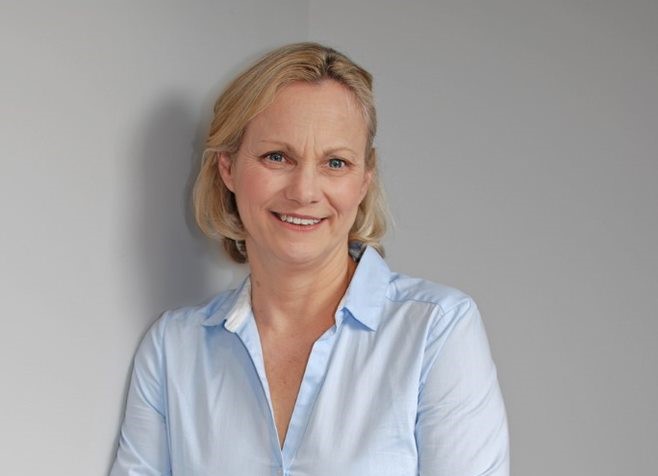CLEAR Faculty Profile: Dr. Judy Westrick

Dr. Judy Westrick is the Director of the Lumigen Instrument Center at Wayne State University, and co-leads the Chemical Analysis Core (CAC) at CLEAR. The CLEAR newsletter interviewed Dr. Westrick about her background, recent research, and being a part of the CLEAR program. Read on to learn more about her work:
Please tell us a bit about yourself.
In 2012, I left Lake Superior State University to become the Director of the Lumigen Instrument Center, at Wayne State University, Detroit, MI. The Lumigen Instrument Center is in the Paul A. Schaap Chemistry Building and consists of four facilities: Electron Microscopy, NMR and EPR, Mass Spectroscopy, and X-Ray Diffraction and Optical Spectroscopy.
After eight years working in the drinking water industry as an analytical and research environmental chemist, my passion has become studying emerging contaminant issues (cyanotoxins, PFAS, and VOC vapor intrusion) that negatively impact public health. My research focuses on developing new technologies to determine contaminant concentrations in the low ppt range. My primary research focuses on freshwater harmful algae blooms, where my analytical expertise has advanced every avenue of cyanobacterial harmful algae research, from sampling to forecast modeling.
How has co-leading CLEAR's Chemical Analysis Core so far been?
Co-leading the CLEAR's CAC with Prof. Paul Stemmer continues to be an adventure. Our current objectives are to develop and validate new methodology to measure low levels of VOCs and VOC metabolites, to create analytical training workshops for CLEAR members, and to assist the CEC with their objective to provide in-home passive VOC measurements.
What other projects are you working on, currently?
Freshwater harmful algal blooms produce bioactive cyanopeptides (CPs) with varying potential harm or benefit, yet only a handful are commercially available as “certified” standards (chromatographically pure and NMR validated and quantitated). The dearth of pure, reliable material and standards has led to critical gaps in cyanotoxin and cyanopeptide risk characterization and mitigation. Over the past three years, I have been working with Dr. Stockdill (synthetic chemistry) on synthesizing cyanotoxin and cyanopeptide contaminants to enable accurate freshwater harmful algae bloom monitoring, systematic hazard identification, and exposure assessment via water, food, and aerosols.
See her WSU profile here.